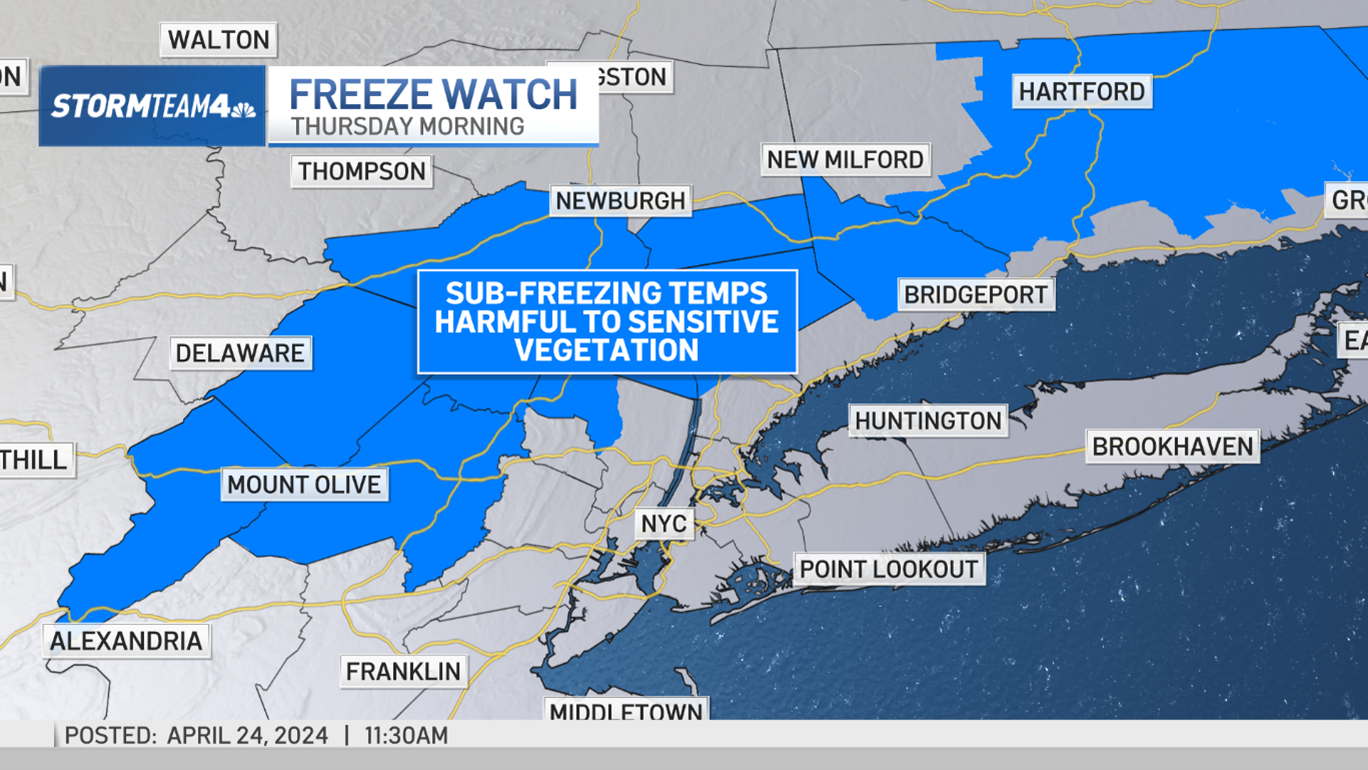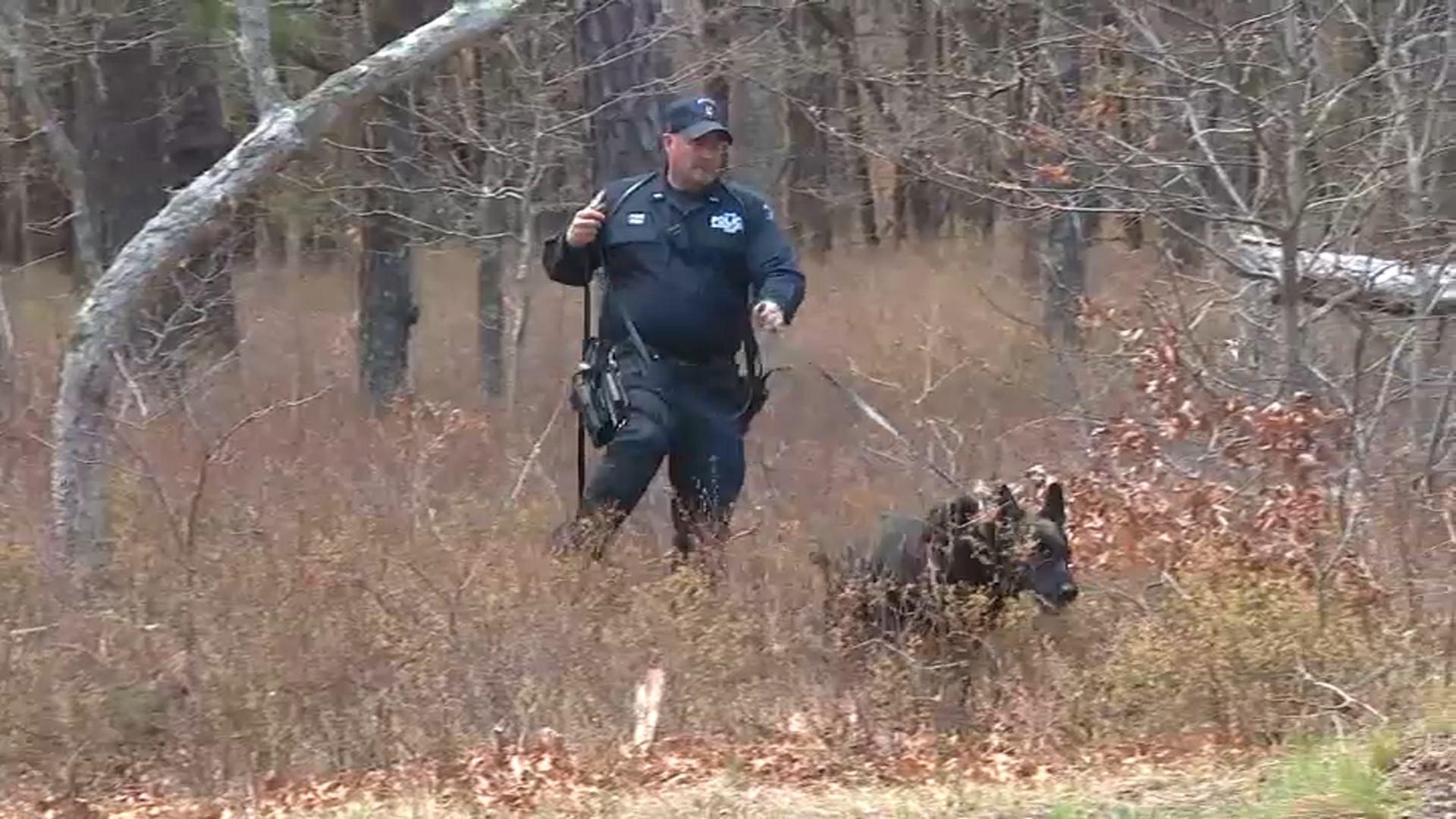Facial recognition technology is changing the way New Yorkers shop, eat and live, and it's also giving the city more information about them than they imagined.
Using video cameras, facial recognition technology measures a person's face at more than 16,000 points, the I-Team has learned. The computer arrives at an algorithm for one's face and runs that against a database with millions of other faces already stored.
It can provide demographic information like age range, sex and race, says Joe Rosenkrantz, CEO of FaceFirst, which provides advanced facial recognition for surveillance and mobile identification, among other elements of interest.
"If the person matches above a certain probability, we can deliver intelligence about the individual," Rosenkrantz said.
Facial recognition is now the key tool used by the NYPD to identify persons of interests in crimes.
“We take images from unknown suspects supplied to us by detectives and we run the images through a facial recognition software,” said NYPD Sgt. Edwin Coello of the department's facial identification unit. “That can give us back a list of several hundred candidates.”
The five detectives in Coello's unit then screen the possible candidates, matching them up not only by physical appearance but also running a thorough background check on each suspect.
Local
When an unidentified man was attacking women in Manhattan in May by striking them with a hammer, the NYPD took a 15-second video of the believed suspect and ran his image through their database of several million arrestees. Authorities say they quickly came across a match -- suspect David Baril, who is now awaiting trial on charges stemming from the attacks.
“So far this unit has identified 1,700 suspects and made 900 arrests,” said Coello. “And so far, we’ve only misidentified five people.”
The Department of Motor Vehicles also uses facial recognition technology. It has a database of 8 million license holders, but it is not open for any other agency to use, including the NYPD. Since 2010, the DMV says it has identified more than 14,500 cases of possible fraud and prompted more than 3,500 arrests.
Owen McShane, director of field investigations at the state DMV, said, “What we found is 50 percent of the people we identified with facial recognition had multiple licenses suspended or revoked under one identity while driving under another identity. So in some cases we had people who had hundreds of suspensions and they went out and got a second license using a second identity.”
McShane says facial recognition stopped a man when he tried to renew a driver's license dressed up like his dead wife. McShane says the man engaged in the scheme to collect on his wife's social security and pension checks. His license was revoked for a year as punishment.
As technology improves, legal experts believe a dialogue needs to begin setting proper protocols in place to protect one's most basic rights.
"Right now we haven't really had that discussion and the technology is being used without any rules or protections in place, both in the government sector and in the private sector" said Michael Price, counsel with Liberty & National Security Program Brennan Center for Justice. "That can lead to serious abuse."



